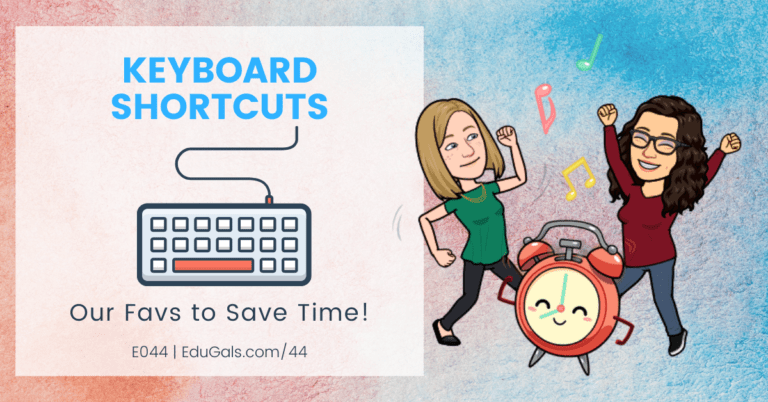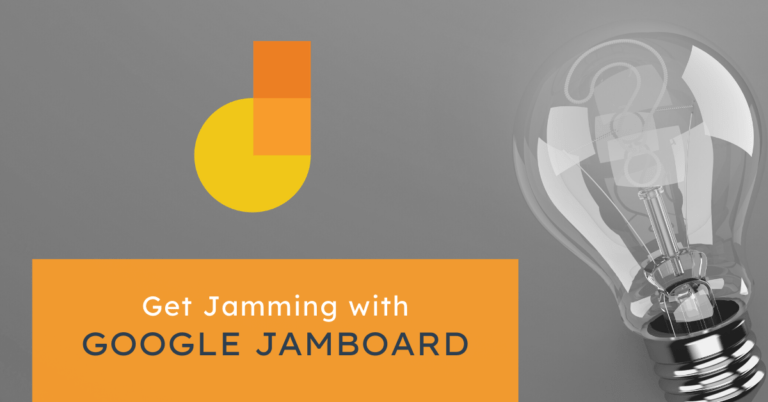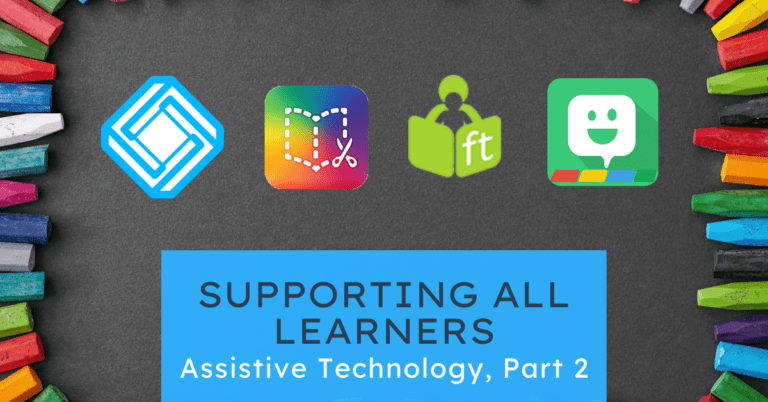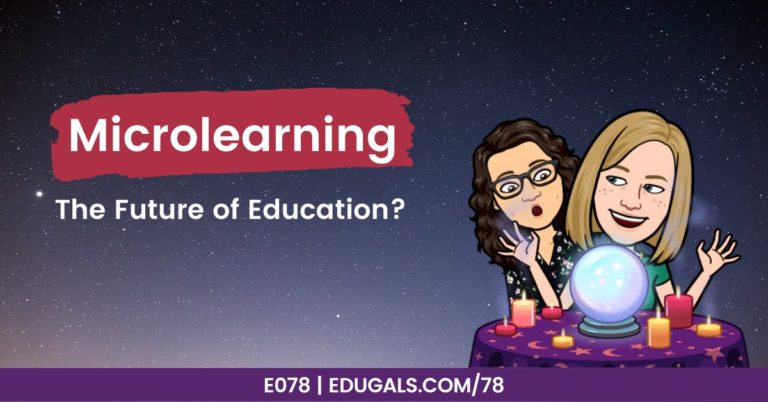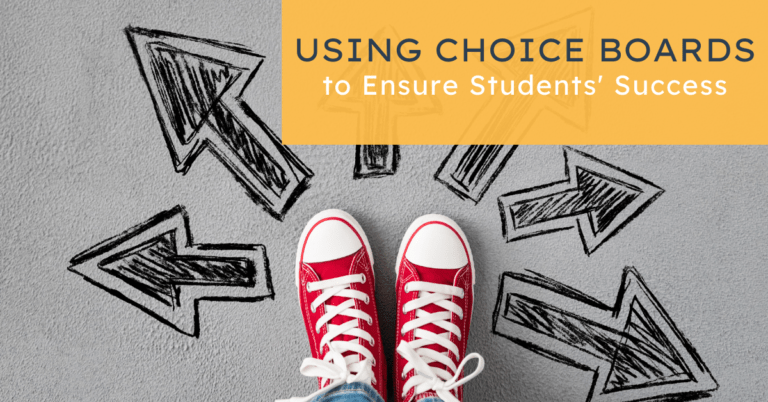[podcast_subscribe id=”7428″]
In this episode, we talking about the skill of self-regulation. It is the third and final pillar in the Universal Design for Learning’s (UDL) Engagement category.
If you like what you hear, we would love it if you could share this episode with a colleague or friend. And make sure you subscribe so that you don’t miss out on any new content! And consider supporting the show by buying us a coffee or two!
We would love to hear from you – leave a comment on our website OR check out our FLIP!
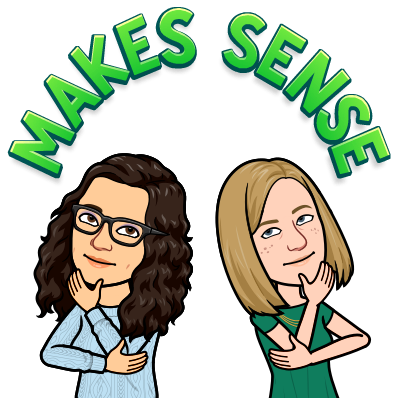
Show Notes
This week we are completing our conversation about the Engagement category of UDL with a chat about self-regulation. We are excited to finish this category off and start shifting the conversation towards the next category: Representation.
To get started with this conversation, it’s worth including a definition. According to cast.org, self-regulation is defined as “the ability to strategically modulate one’s emotional reactions or states in order to be more effective at coping and engaging with the environment.”
Let’s be honest, there are days where we, as adults, are not great at self-regulation. To be a teenager, with hormones raging through our bodies and stress about peers, school, extracurriculars, jobs, etc. – this is not an easy skill to master. And it isn’t a skill that is really explicitly taught in schools.
It’s also interesting because self-regulation is also one of the learning skills that we have to rate or assess in the Ontario system. While it may not impact grades, it’s an important skill that will help students in their future to be able to cope with their reactions to events, people, stress, etc. – it’s a good skill to know. If we are rating students, we should be taking the time to teach them how to build these skills.
Cast.org breaks self-regulation down into three different checkpoints:
- Promote expectations and beliefs that optimize motivation
- Facilitate personal coping skills and strategies
- Develop self-assessment and reflection
Checkpoint 1: Promote expectations and beliefs that optimize motivation
This checkpoint is all about setting personal goals that inspire confidence and ownership of learning. Cast.org provides a variety of different ways that educators can keep this in mind as they are teaching.
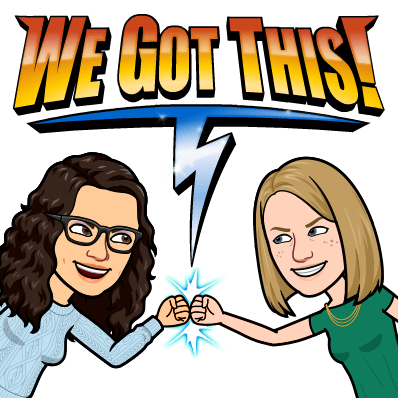
Examples of how teachers can support students are: providing prompts, reminders, guides, rubrics or even checklists that will help students to check in and see how they are doing. It would also be a good idea to provide students with some sort of checklist that could outline things to do or steps to take when they are feeling overwhelmed or frustrated.
It’s also good to have students become more aware of how long they can stay on task without becoming too distracted, and to help them find ways to increase that length of time. These prompts or guides should also help students to build in more self-reflection and self-reinforcement. It’s all about getting students to become more aware of their ability to focus on tasks, and to become more self-aware about strategies that help them to focus and improve their productivity, and to recognize how they are feeling and how it may impact their work or ability to focus.
We have seen more of these checklists and prompts at the elementary level, but they aren’t as prominent in secondary. And in elementary in Ontario, when you are reading the first page of the report card, it is all about learning skills. The only area with personalized comments deals with the learning skills – it really does seem to be the most important section of the report card.
This is another big disconnect between elementary and secondary, where grades shift to become the focus, and learning skills are less important. It would be great to tap some elementary teachers on the shoulder to see what they use to help make students more aware of their self-regulation, and how they can build these skills. These reminders and check-ins can be super important for some of our students, and could really ease some of the behaviours and frustrations that students are experiencing.
One way to engage students is to do check-ins while taking attendance or while students are working. Many times, students are happy to be honest and will let you know when they are feeling stressed or frustrated, etc. This could be a great way to be proactive with students, and helping them to de-escalate or work through some of these emotions. It could then really help them and act as a reset for the rest of their day too.
Another idea is to have students complete a weekly reflection. In this reflection, students can talk about their learning, how the week has gone, how they have felt, what distractions they experienced, etc. It’s a good way to get students thinking about their learning and how focused or distracted they’ve been, and how it impacts their productivity.
One distractor that many students experience is technology, whether it be computers, phones, tablets, etc. When a student’s productivity is impacted, it’s good to point it out to them so that they are aware, and to offer a separate area for their device if they are really struggling to unplug. Technology is addictive, and it can be really challenging to unplug from social media, videos, etc. but we need to help students become aware of their attachment, and to help them build skills and self-regulation to be able to put those devices down when they aren’t needed for learning.
Cast.org also suggest having coaches or mentors that can help students and model the process of some of these goal setting activities, and to help them make good choices. This is not something that we have here in Ontario, at least not in public education. Perhaps it is something that is more common in the US.
This idea of a coaching role would be a great way to optimize motivation for students, but also guide them in making good choices, and setting goals for themselves.
Goal setting is also an important aspect of this checkpoint, and is something that teachers can do to help students build their self-regulation skills. Having students set realistic goals, and determine the steps that they can take to reach those goals, is a great way to help them become more motivated and engaged in their learning.
This reminds Rachel of the book “Atomic Habits” by James Clear, which breaks down goals and actions into tiny little changes that can build towards a person’s goal, but aren’t as jarring or challenging right off the bat. Instead, these small changes and actions become habit, and you add small changes as you go.
Fostering positive beliefs in our students and the goals they are setting for themselves, can really help them to take the necessary steps to achieve those goals. Growth mindset can be so difficult, but it’s such an important mindset for people, particularly our students. Try to encourage your students, regardless of whether you think that their goals are unrealistic or not – you’d be surprised what they can accomplish!
Checkpoint 2: Facilitate personal coping skills and strategies
This checkpoint feels like it has a lot more concrete ideas on how educators can help students to reach those goals that they have set. The previous checkpoint was more about modelling and getting them thinking about it, but this one is all about providing students with the tools to work towards developing their skills and reaching goals.
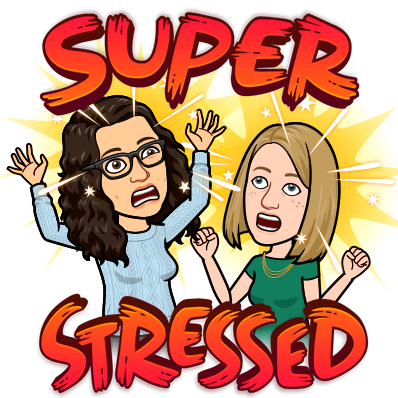
In this checkpoint, cast.org discusses the importance of providing differentiated models and scaffolds, and feedback for all of the skills that are important in self-regulation.
One such strategy is to focus on using growth mindset terms and language with students. It’s all about how we can turn perceived weaknesses into an openness for improvement, and how we can get rid of students’ fears of failing certain subject areas or assuming that certain subjects just aren’t for them.
Students, and adults too, often experience that fear of failure or of not doing well and looking bad in front of peers. It isn’t uncommon, but we still need to reframe our language to encourage our students to take risks, and to try, despite their fears.
Mastery classrooms is just screaming out to us as a way to really help build up a student’s confidence, and to help students realize that they can actually do well and master new skills.
One specific strategy suggested is the use of checklists – and as you all have heard us say multiple times, mastery learning and checklists are a perfect combination! Checklists allow us to break things down into little pieces or steps; this lets students see that it’s something that they can accomplish, and that it isn’t overwhelming right from the get-go.
These checklists can also be used for more personal or social anxieties as well. Often we don’t think about the use of checklists in that respect, but this is so relevant for the classroom because it isn’t always a safe or comfortable space for all of our students, and as we are all too aware, mental health is a big area of concern right now in Ontario education. By building coping skills, and providing strategies that students can follow, they are able to reach success.
We really need to do a better job of explicitly teaching learning skills in all courses in secondary education. When students are feeling overwhelmed or frustrated, this will often come through as behaviours, so why not teach students strategies that will help them to deal with these big emotions proactively and head-on?! Sometimes, all it takes is a simple check in or checklist for students to feel like they are more in control, and that they can share how they are feeling with you.
Checkpoint 3: Develop self-assessment and reflection
We have discussed some of this already, but it’s certainly worth a deeper dive. In this checkpoint, they discuss monitoring emotions and reactions to things going on around us. This is such a good skill to have, and it really makes people pause and reflect on how things are affecting them, and making them more aware of what’s happening.
For learning to be able to recognize that they’re making progress towards greater independence is highly motivating. On the other hand, losing that motivation can happen if they are unable to recognize their own progress.
When students are in a classroom that provides more flexibility of time and space and the attention to the teacher, such as in a mastery classroom, students are able to see their progress.
Most traditional models that involve chalk and talk, or the sage on the stage, where most, if not all, is delivered by the teacher with minimal interaction or ability to hit pause as needed, it can be really hard to see progress or to manage one’s own behaviours if feeling frustrated or overwhelmed.
One of the strategies discussed is the use of devices, aids or chart to help students identify and collect information about their reactions and behaviours. Teachers can help with progress trackers, if they are used in the classroom. By posting this during the class, students can see where they are at, and they can also see as they are moving forward and completing tasks.
This can also be done through the use of individual trackers, where students can have an individual checklist or tracker that allows them to see where they are and what else they need to complete. They can then check off items as they finish, and can clearly see where their end goals are.
These checklists or check-ins could also ask what students identify as distractions that have help them back, or even how they can improve for the following week or unit, and give them space to set goals for the following week or unit too. You could even have a space for students to share or reflect on other things going on in their lives that may impact their learning.
An additional suggestion is to use activities that provide learners with feedback, and also to allow scaffolds that support their understanding.
It’s interesting because in secondary, we tend to be subject experts who are really good at the curriculum side of things and how we can support students. We aren’t as great at the learning skills or the socio-emotional side of things.
We, as educators, often make a lot of assumptions about learning skills, such as self-regulation. We assume that students understand what it is and how to use that skill effectively. We may informally teach aspects of these skills, but it’s important that we are more direct and that we guide students better to help them understand what these skills look like, sound like, and feel like in a classroom, and in their lives.
